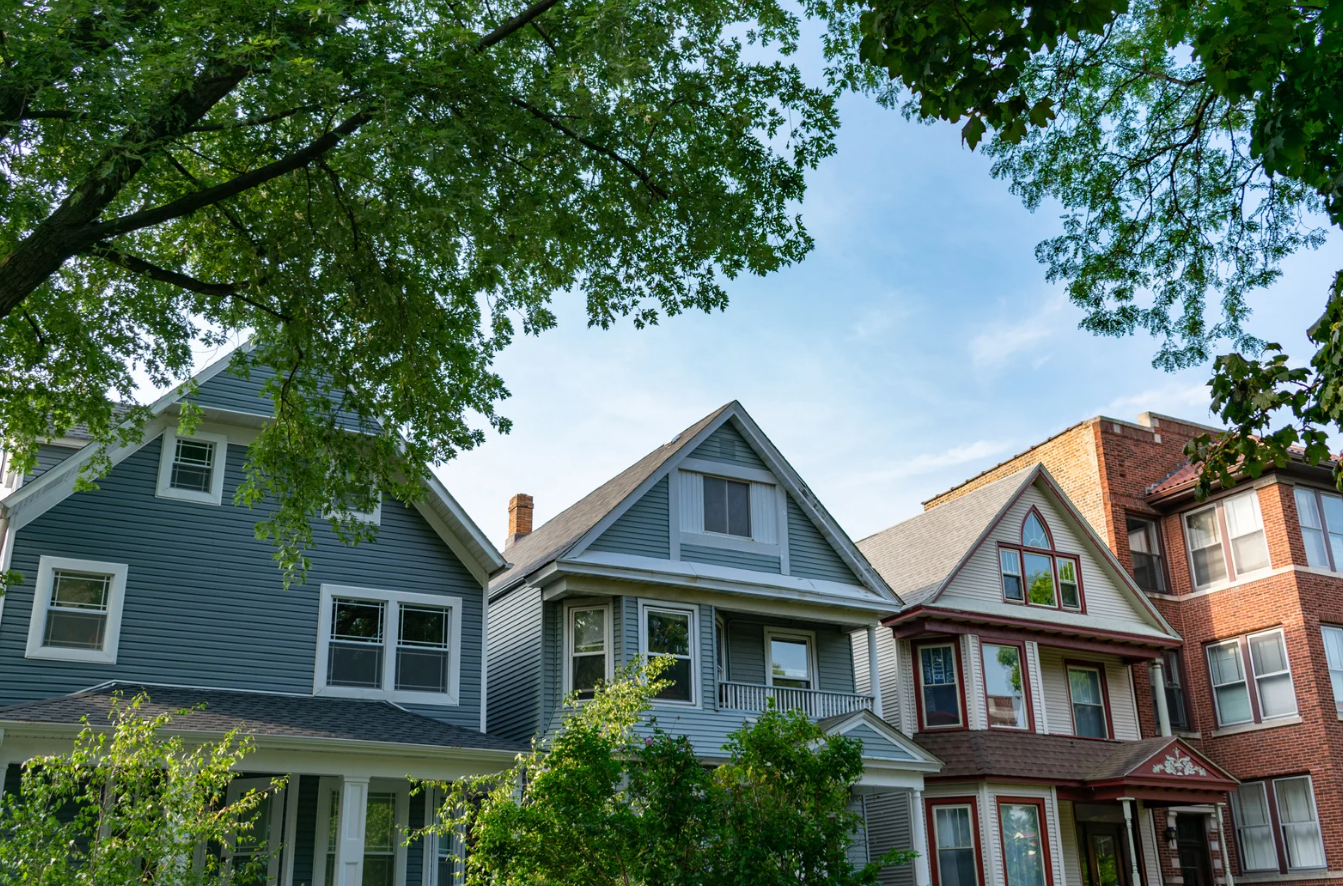The home insurance market is undergoing rapid changes, particularly in high-risk areas like California and Florida, where natural disasters have caused significant losses over the last few years. As homeowners grapple with rising insurance premiums and increasing challenges in securing coverage, both the insurance industry and consumers are facing new realities. Disasters like fires in California and hurricanes in Florida have reshaped the home insurance landscape and what it means for homeowners.
California: The Impact of Wildfires on Home Insurance
California has seen a sharp rise in the frequency and intensity of wildfires over the past several years, leading to widespread destruction and skyrocketing insurance costs. Between 2018 and 2022, wildfires have caused billions of dollars in property damage, with 2020 alone seeing over $12 billion in insured losses. Homeowners in fire-prone regions are finding it increasingly difficult to secure affordable coverage, with some insurers opting to pull out of these high-risk areas altogether.
In response, California’s Fair Access to Insurance Requirements (FAIR) Plan has become a last resort for many homeowners who cannot find coverage in the private market. The FAIR Plan provides basic fire coverage, but it often comes with higher premiums and limited protection compared to traditional policies. Unfortunately, this trend is likely to continue as wildfires become more frequent due to climate change, putting more pressure on the insurance industry and leaving homeowners with fewer options.
How Is This Impacting Homeowners?
For homeowners in high-risk areas, the cost of fire insurance has become a significant financial burden. In some cases, insurance premiums have doubled or even tripled, making it difficult for families to afford coverage. Additionally, the increased risk of wildfires has led some insurers to cancel policies, forcing homeowners to rely on the FAIR Plan, which offers less comprehensive coverage.
The ripple effects of rising insurance costs also extend to the housing market. Higher insurance premiums can make homes in fire-prone areas less attractive to buyers, potentially lowering home values and slowing market activity in these regions.
Florida: Hurricanes and the Rising Cost of Insurance
Florida, another high-risk state, is facing a similar insurance crisis due to the frequency of hurricanes and tropical storms. Over the past three to four years, hurricanes like Irma (2017) and Ian (2022) have caused widespread destruction, with insured losses in the billions. Florida's location in a hurricane-prone region, coupled with the increasing intensity of these storms, has made home insurance a major concern for residents.
Insurance premiums in Florida have skyrocketed in recent years, with the average homeowner paying over $4,000 annually—more than three times the national average. This sharp increase is largely due to the financial strain on insurance companies, many of which have faced bankruptcy or have exited the Florida market altogether.
How Is This Impacting Homeowners?
For Florida homeowners, the rising cost of insurance is putting additional pressure on household budgets, especially in areas along the coast that are most vulnerable to hurricanes. Some homeowners are choosing to forgo certain coverages to save money, which leaves them exposed to significant financial losses if disaster strikes.
As with California, the insurance challenges in Florida are also affecting the real estate market. Homes in hurricane-prone areas are becoming more expensive to insure, which can deter potential buyers. This could ultimately lead to declining home values in these regions and slower sales activity.
The Future of Home Insurance in High-Risk Areas
Looking ahead, it’s clear that home insurance in high-risk states like California and Florida will continue to face challenges. With climate change exacerbating the severity and frequency of natural disasters, both homeowners and insurers are navigating a new reality. Some experts predict that we may see more state-backed insurance programs like California’s FAIR Plan, designed to help homeowners secure coverage in areas where private insurers are pulling out.
For homeowners, it’s critical to stay informed about their coverage options and ensure they are adequately protected. While insurance premiums may continue to rise, having comprehensive coverage can be the difference between recovery and financial ruin in the aftermath of a disaster.





